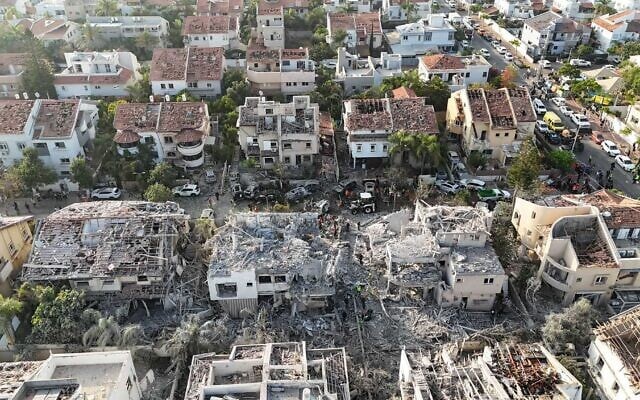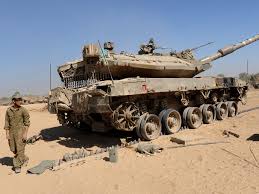The confrontation with Iran has been imposing significant economic burdens on the Israeli regime, surging into the hundreds of millions of dollars per day, as reported by The Wall Street Journal, threatening Tel Aviv’s ability to sustain a prolonged war.
Zvi Eckstein, an Israeli economist, and head of the Aaron Institute for Economic Policy at Reichman University, confirmed that “this war is far more expensive than Gaza or Hezbollah,” referring to the latest war on Lebanon between September and November 2024.
He said: “The ammunition- defensive and offensive- is the big expense.”
The institute estimated that a month-long war could cost Israel as much as $12 billion.
According to a June 15 report by the Israeli news outlet Ynet News, quoting a former financial adviser to the Israeli military’s chief of staff, stated that the cost has exceeded 5.5 billion shekels (roughly $1.45 billion) for the first two days of confrontation with Iran alone.
The economic losses mainly constitute of the Israeli attacks on Iran and the interception of Iranian missiles – attack and defense. Consequently, the financial toll from Iranian missile strikes increases accordingly.
$14 billion in damage to Israel after morning attack
Today’s Iranian strike has already caused initial losses of $14 billion on the Tel Aviv Stock Exchange.
Israel’s main stock exchange index, with a total turnover of $475 billion, fell more than 3% – its biggest drop since the… pic.twitter.com/kLhbvT3XAq— Sprinter Observer (@SprinterObserve) June 19, 2025
High-Tech Attack and Defense Systems
According to Israeli economic advisers, Israel has been spending more than 2.75 billion shekels ($725 million) per day on direct military operations against Iran. Just jet fuel and armaments require a cost of almost $300 million each day.
The Israeli Air Force has been actively launching F-35 fighter jets across distances exceeding 1,000 miles, costing roughly $10,000 per hour of flight.
In terms of air defenses, David’s Sling is one of Israeli key defense systems that intercepts short-to-medium range missiles and drones at a cost of approximately $700,000 per intercept, typically using two missiles per launch.
Meanwhile, “Arrow 3” system, operating beyond the atmosphere to counter long-range ballistic missiles, costs about 4$ million per interception. Its predecessor, “Arrow 2,” designed for in-atmosphere interception, costs roughly $3 million per missile.
Mounting Damage Drains the Israeli Economy
Engineers has been estimating that reconstruction costs due to missile strikes will exceed $400 million as a result of the damage of hundreds of buildings, and the evacuation of more than 5,000 civilians.

After being hit, the largest Israeli oil refinery in Haifa has been temporarily shut down, and work in several significant infrastructure sectors has been suspended.
According to the Israeli public broadcaster “Kan,” the Israeli regime will approve a payment of 500 shekels (approximately $145) for each settler whose home was destructed in the Iranian missile strikes, neglecting any compensation for owners of commercial properties.
An Israeli economic journalist, Liel Keiser, also highlighted the destruction of around 1,500 homes and apartments over just 4 days of the Iranian missile strikes. She warned that the fund designated for property tax holds roughly 9.5 billion shekels and has been gradually depleted, imposing an emerging cause for concern.
Source: Websites and Israeli media




